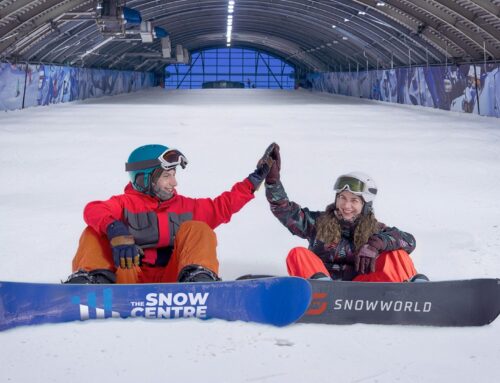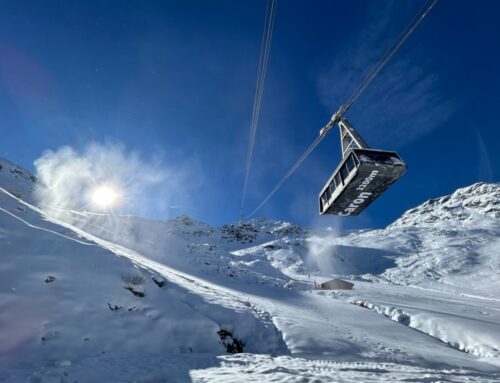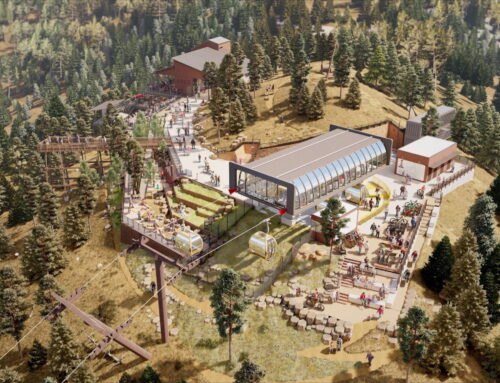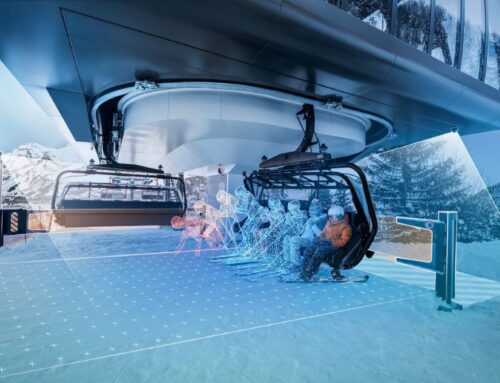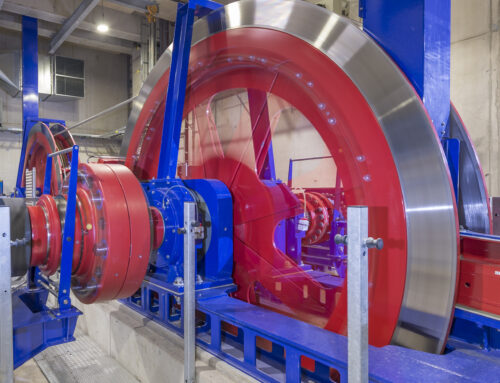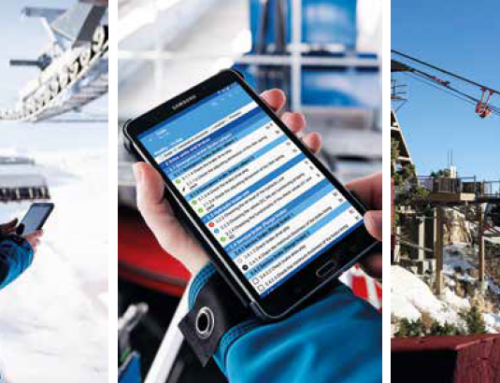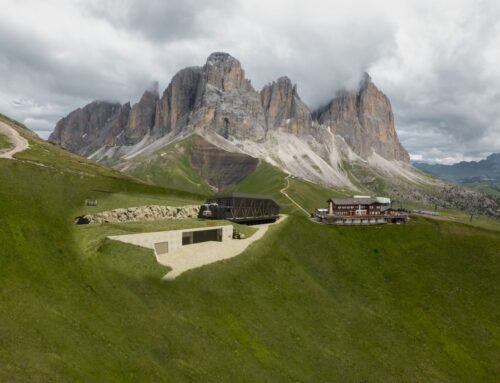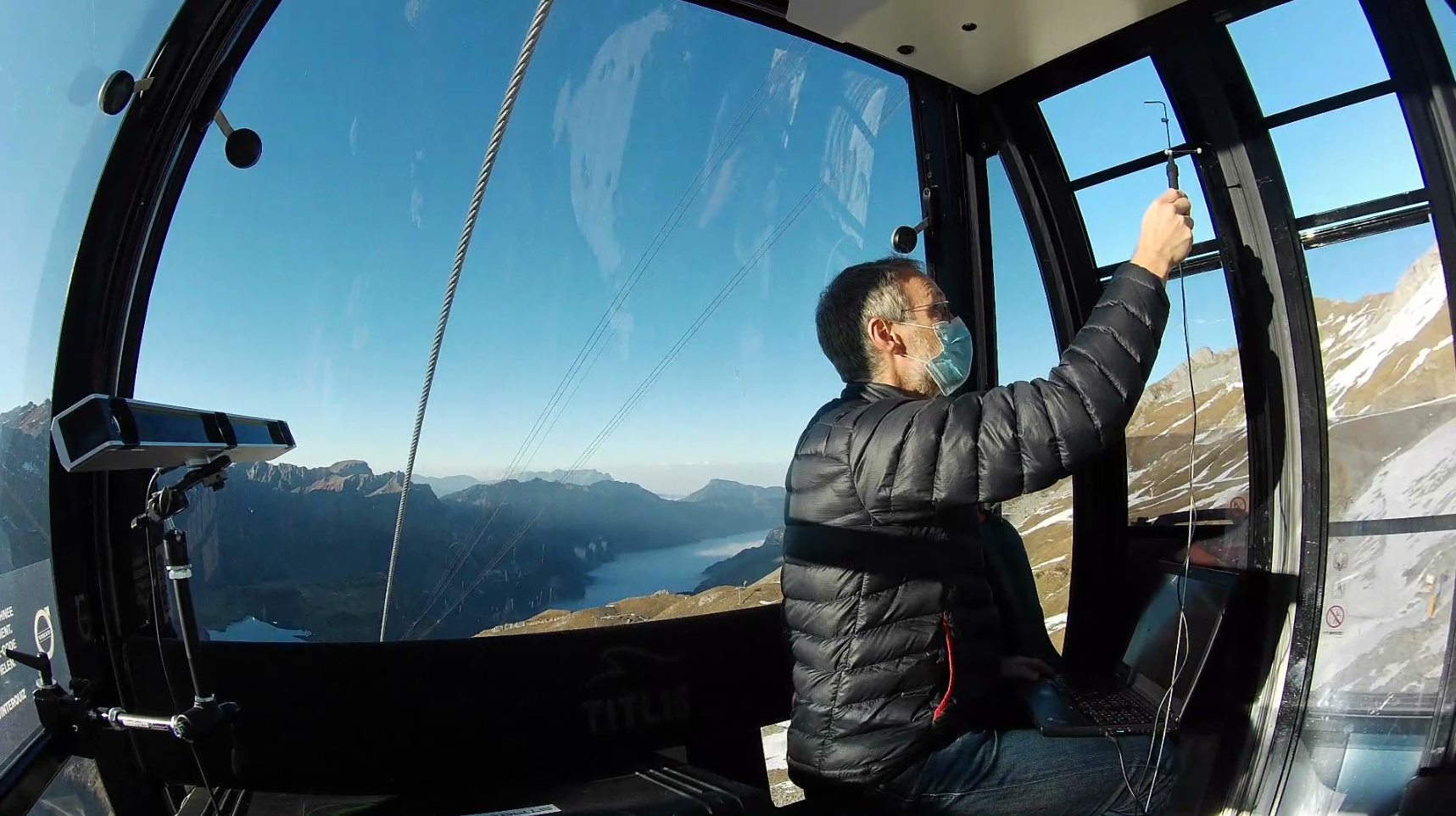
Cableway & Technology, Digitalisation & Innovation, Management & Tourism, SI-Alpin
Pandemic risk in ski resorts
Covid-19 is difficult to assess, and complex mathematical models to quantify infection risks are ultimately attempts to approximate reality – also in the case of ski resorts and the many people who hang out on the ski slopes. This is why a team led by Ivan Lunati of Empa’s Multiscale Studies in Building Physics lab began its work in precisely this reality: in the cable cars and cabins of the Engelberg-Trübsee-Titlis ski resort.
To explore the air exchange factor, which is known to play an important role in the spread of pathogens, the researchers conducted on-site measurements. They examined three types of cabins: a smaller one called Omega 3 with a volume of just over five cubic meters for a maximum of eight passengers and two larger cabins with space for 80 and 77 people, respectively, and a volume of just under 40 and just under 50 cubic meters.
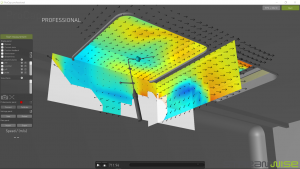
Colors and arrows show in real time how strongly and in which direction outside air flows into the cabin. Image: Streamwise GmbH
The Empa team first used a mobile system to explore how the air moves in these vehicles: In collaboration with the company Streamwise, air pressure sensors were used to record the spatial distribution of the flow in real time. From this data, the researchers then calculated air exchange rates for the respective cabin types.
Although the CO2 measurement campaign is still ongoing, it already confirmed the results of the air pressure measurements. More specifically, the air was exchanged 138 times per hour in the smallest cabin, 180 times in the medium-sized cabin – and only 42 times in the largest cabin. According to Lunati, the cause for the reduced rate in the largest cabin is the hinged windows in the roof of the cabin: “In contrast to the other cabin types, the air flow through the airstream is very sensitive,” he explains. “There are more complicated flow conditions there, which make the air exchange less efficient.”
At first glance, a rate of 42 air changes per hour may seem low, but a comparison with other indoor settings sets the impression somewhat straight: In a train, seven to 14 air changes take place, and in an average two-person office, only about one air change per hour. Therefore, in cable car cabins, open windows clearly help to reduce the risk of high aerosol concentrations.
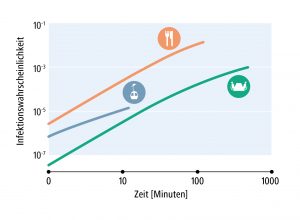
The blue curve shows the probability of infection for a 12-minute ride in a cabin for a maximum of eight people. The green curve shows two people in a 20m2 office for eight hours. The orange curve depicts the infection risk for eight people talking loudly in a 30m2 room with the windows closed, for instance at a dinner party. Illustration: Empa
What specific recommendations can be derived from the new findings? In addition to the obvious advice of “Please ventilate!” it is also worth limiting the number of passengers per trip. “This is already done in ski resorts anyway and is definitely a good strategy,” says Lunati.
In any case, such information should be useful for cable car operators. “The cooperation with Empa enables us to obtain professional and independent measurement data,” says marketing manager Urs Egli of Titlis Bergbahnen. “We appreciate this cooperation very much. And given the current situation, it is even more valuable for us.”
You find more information on the empa Homepage
